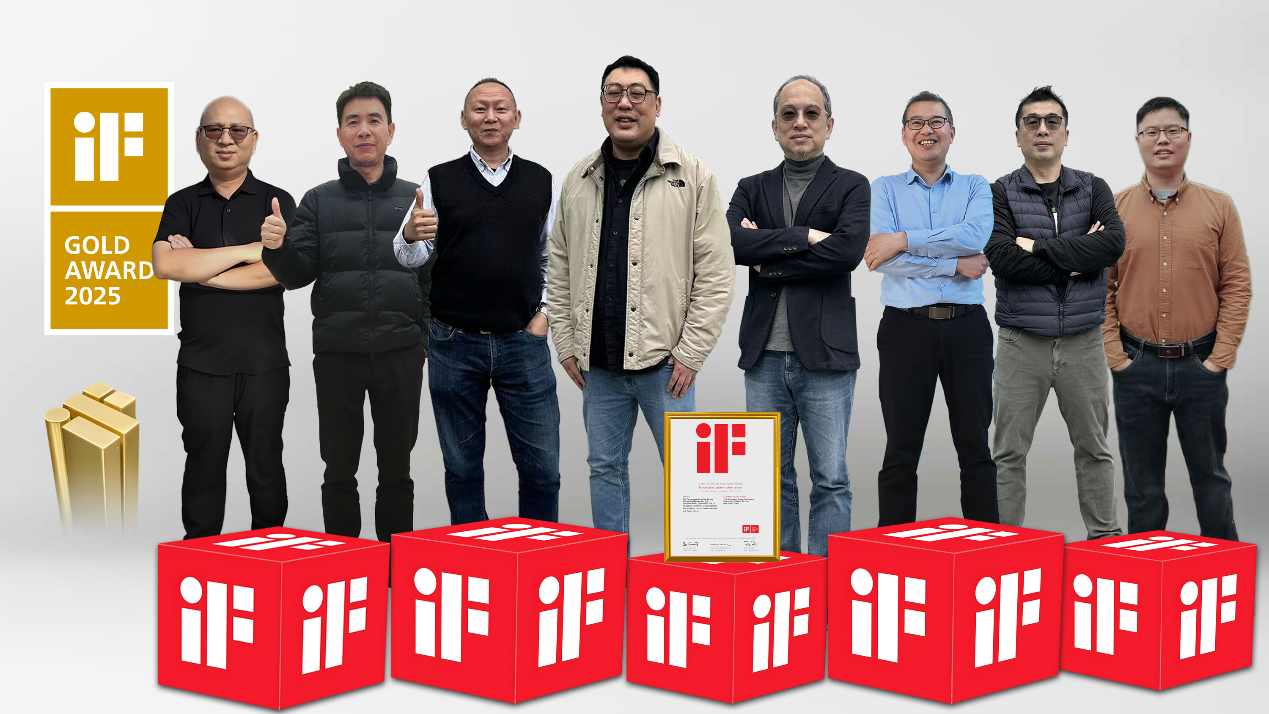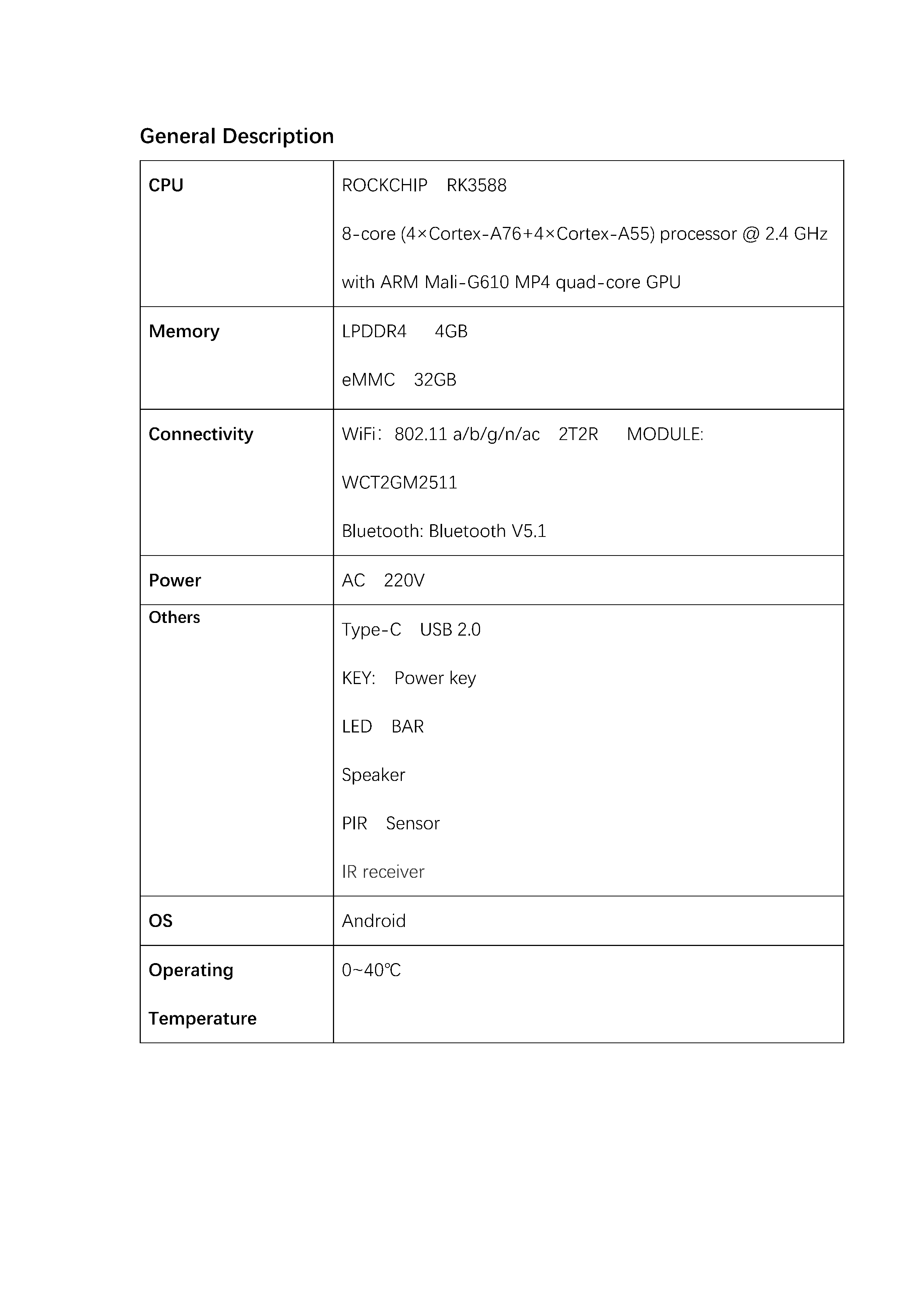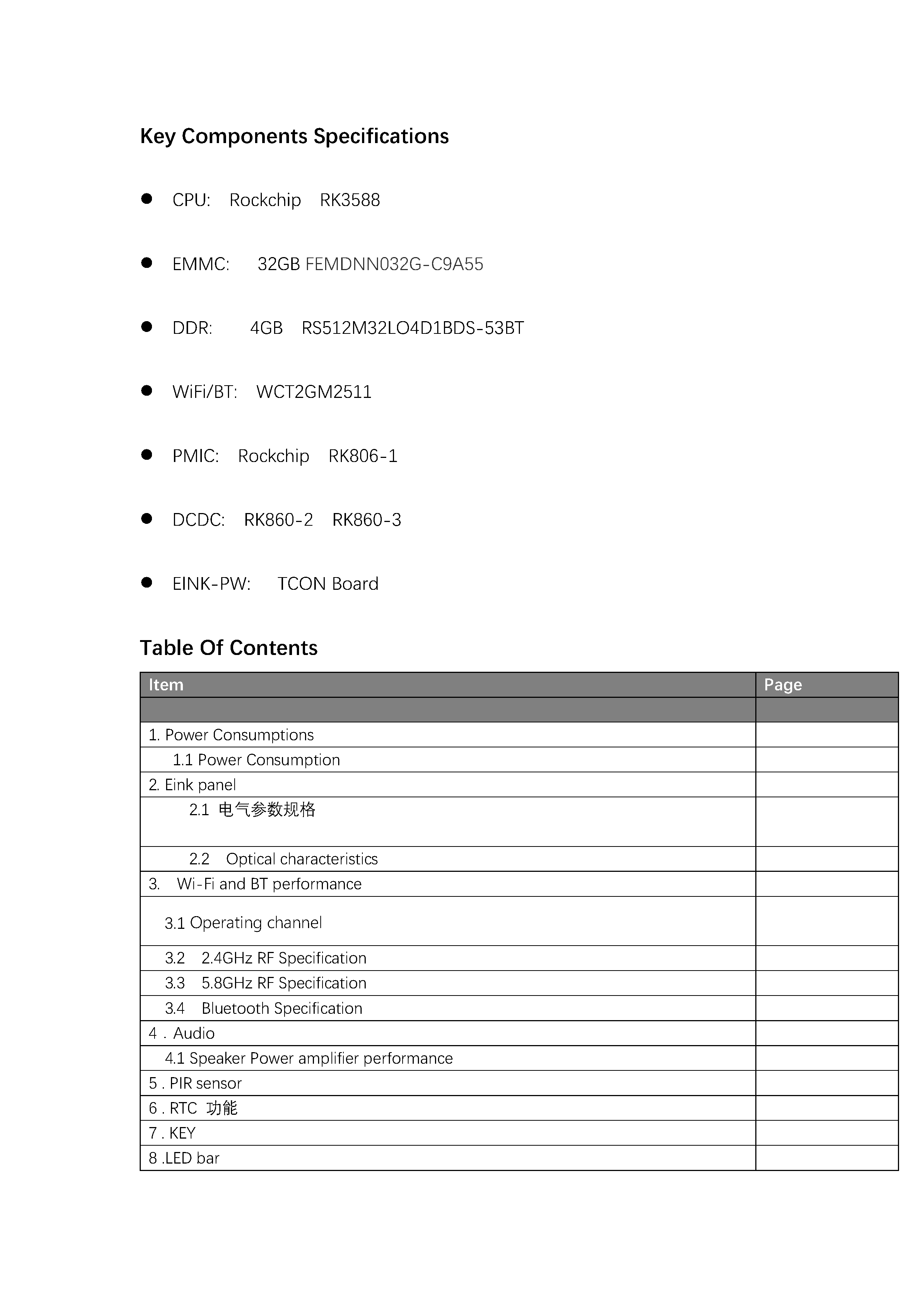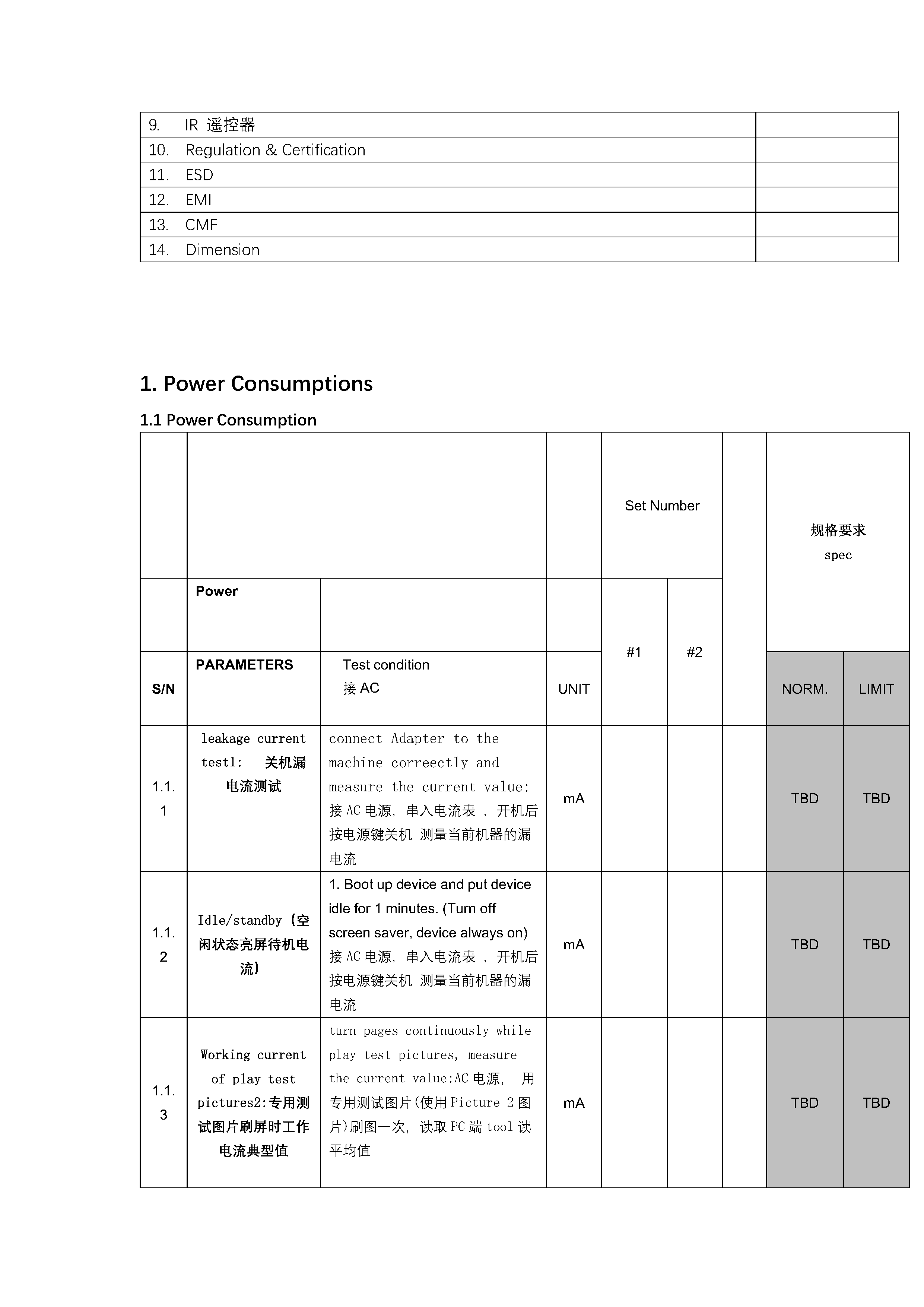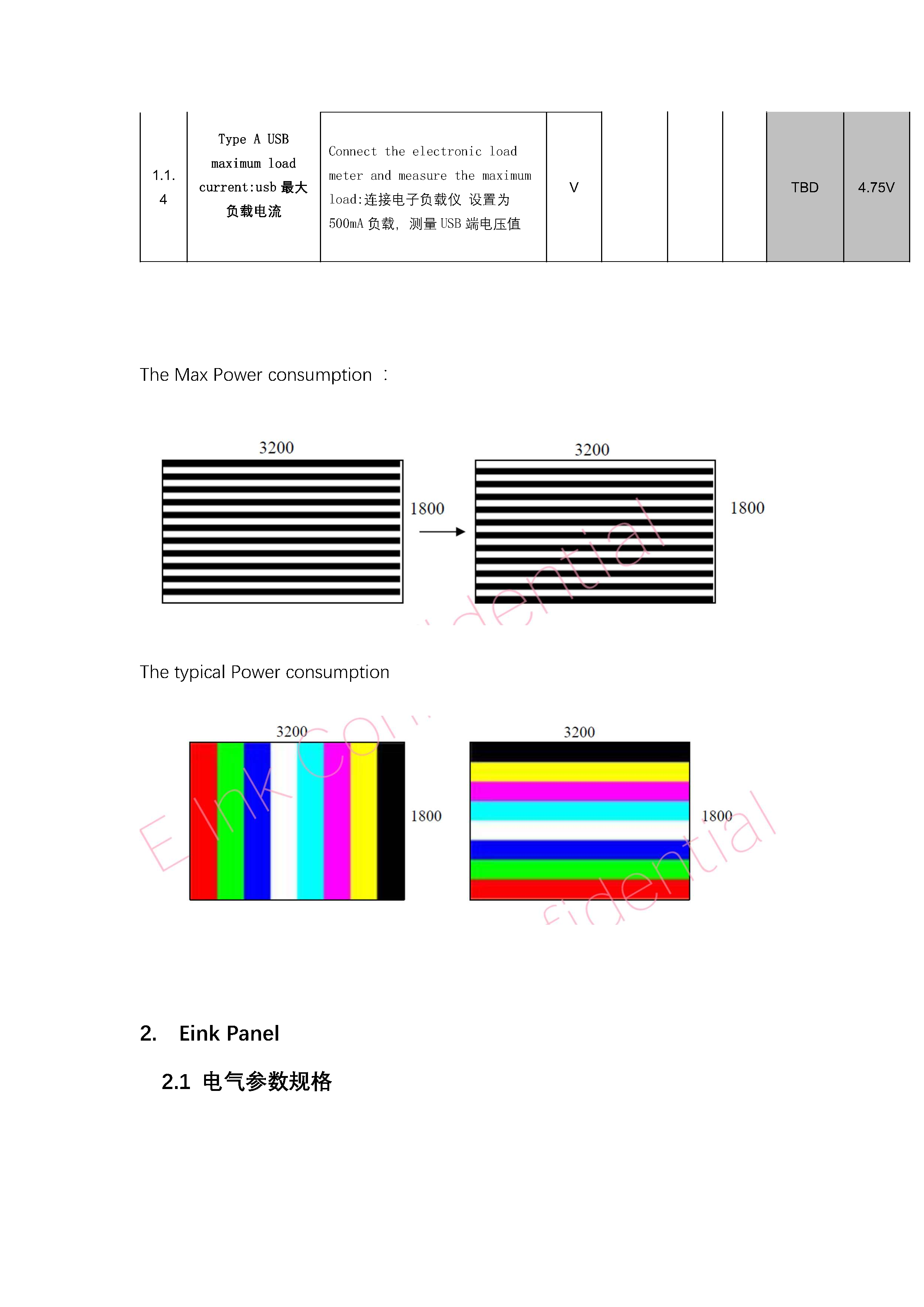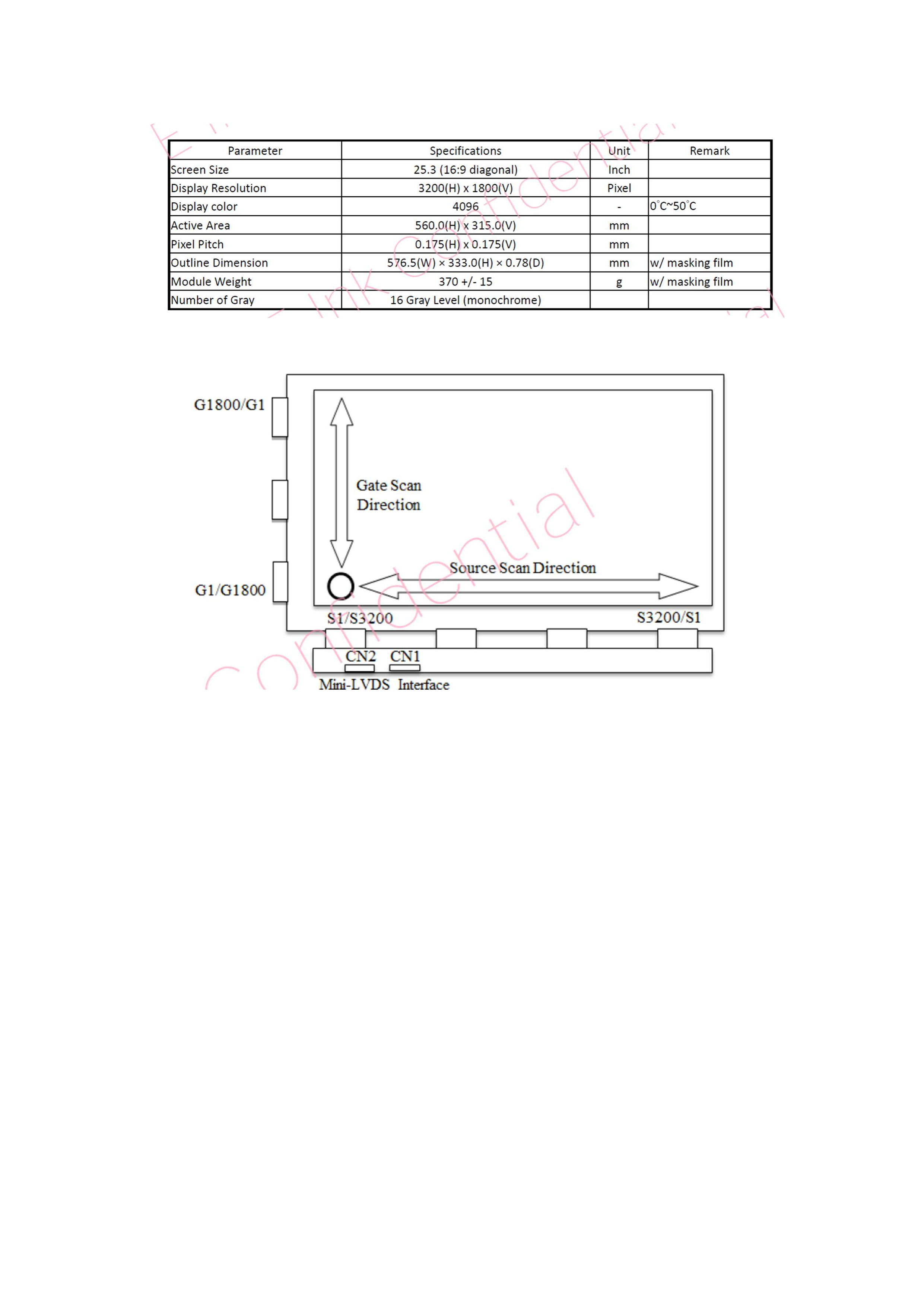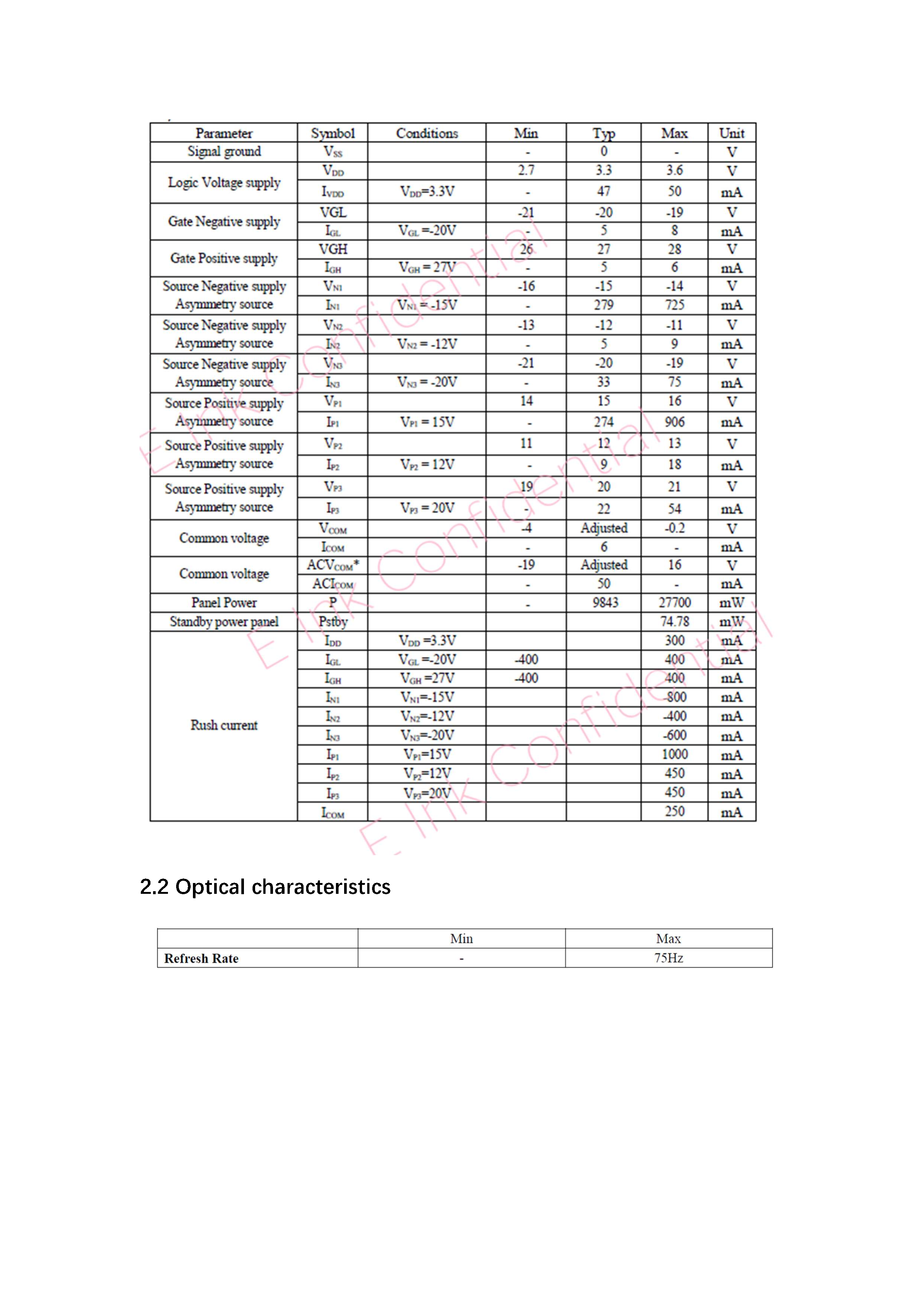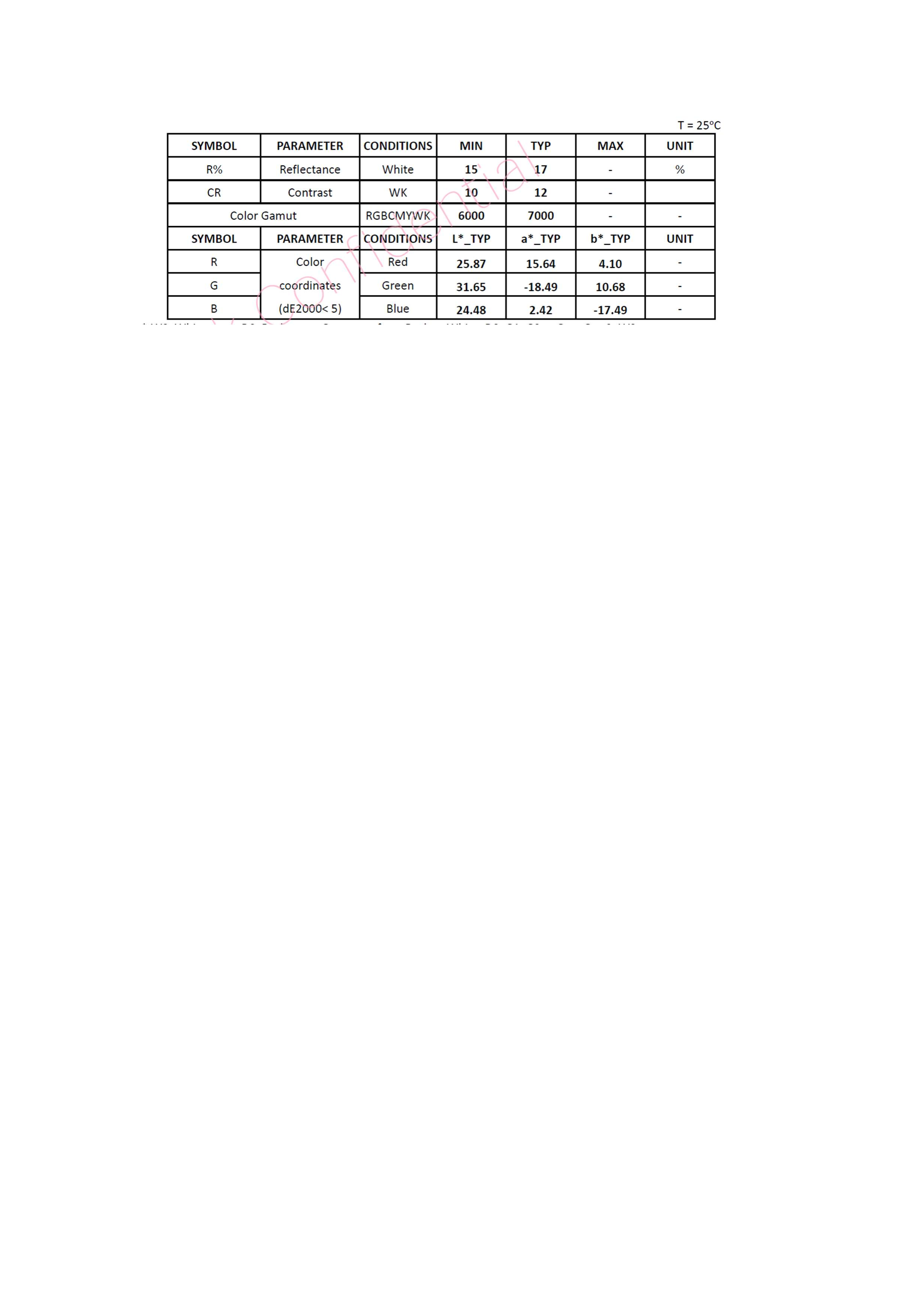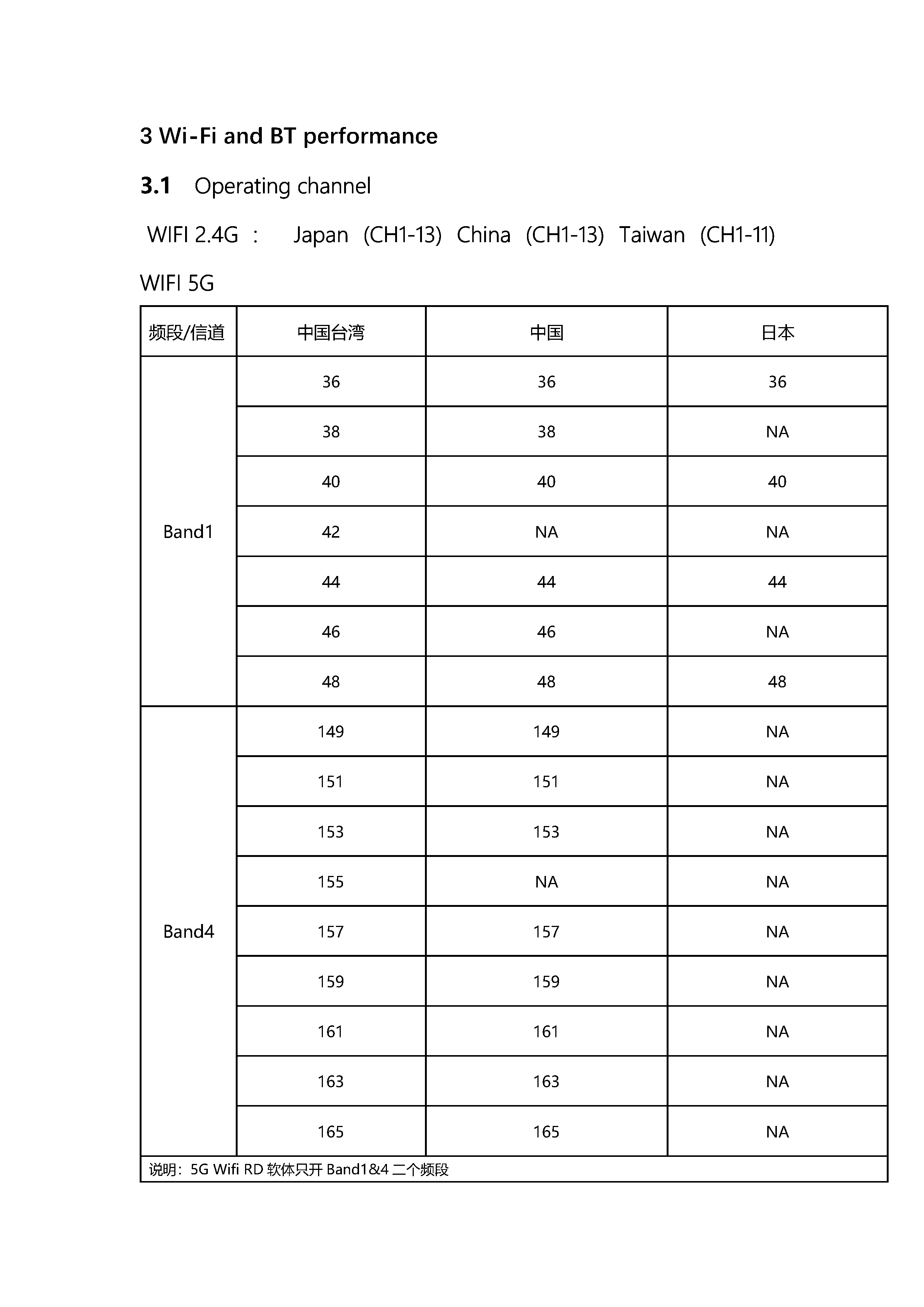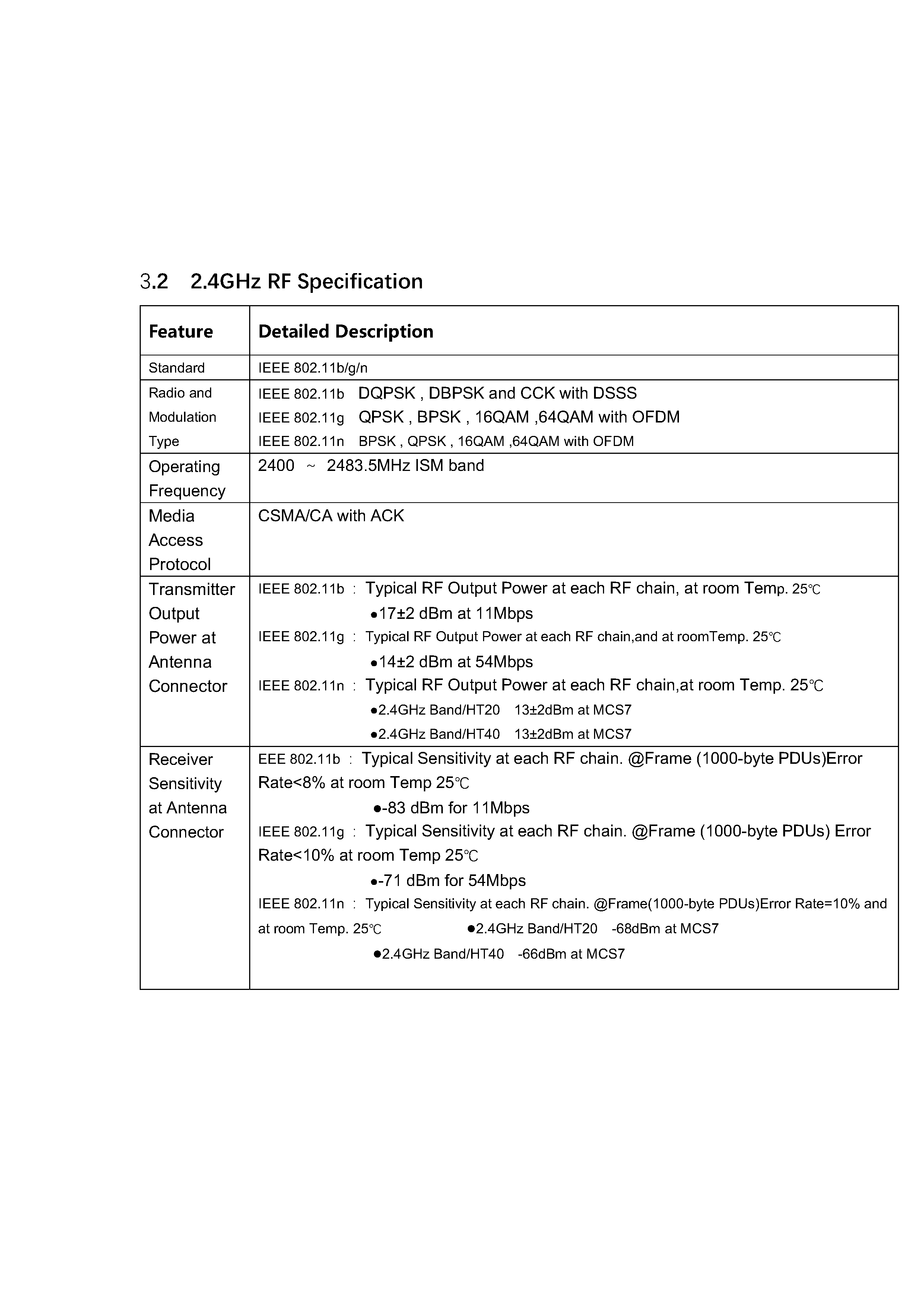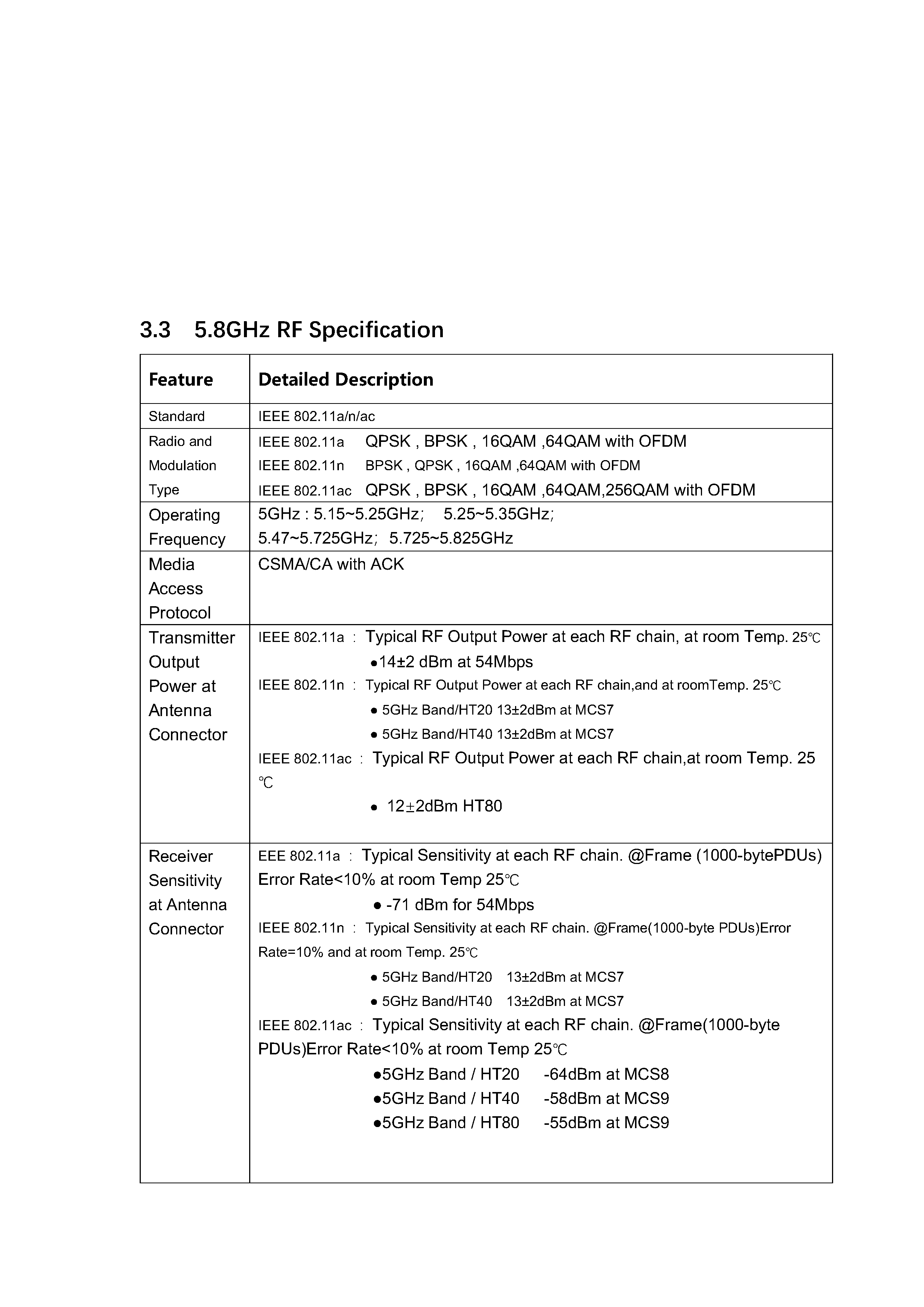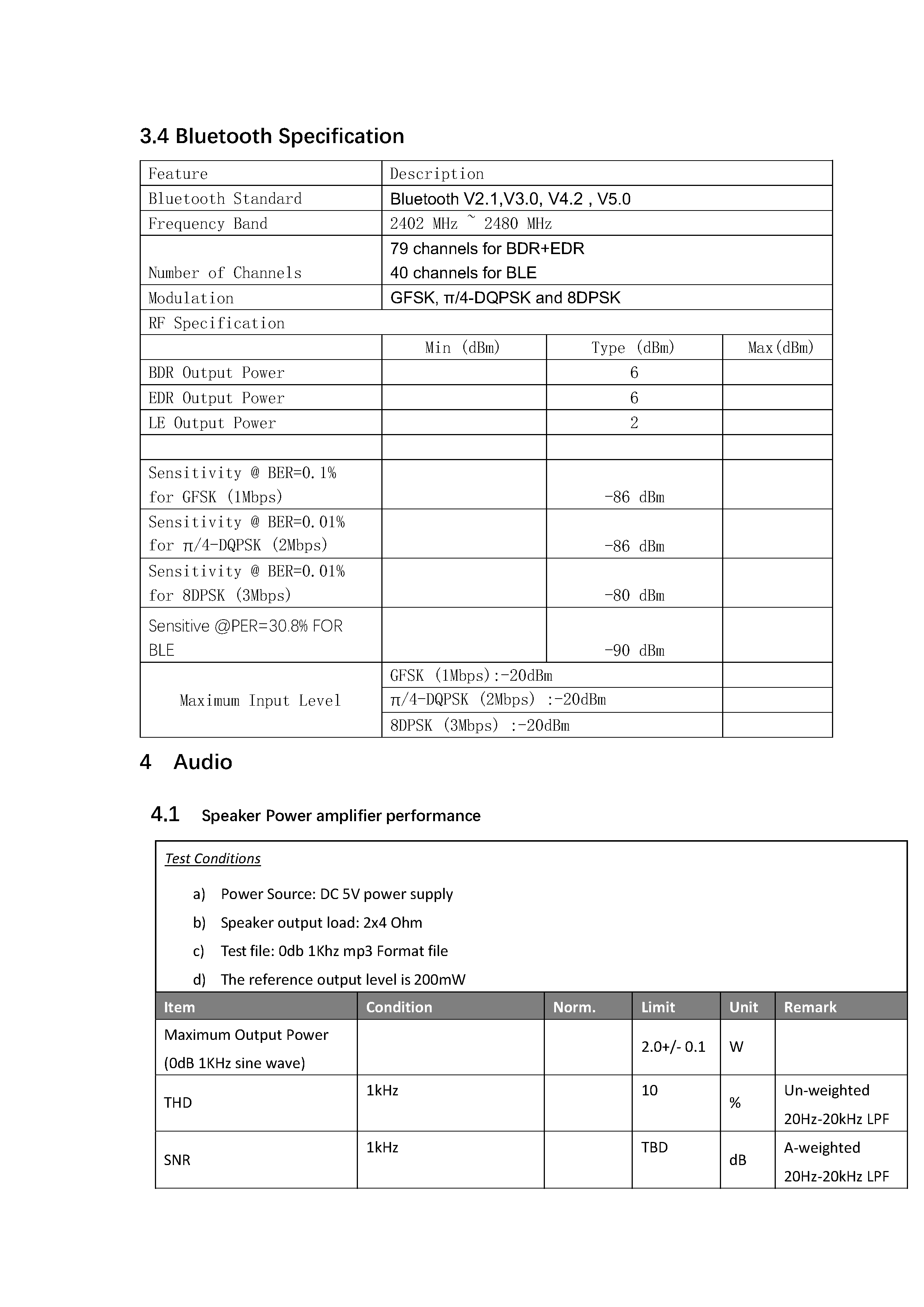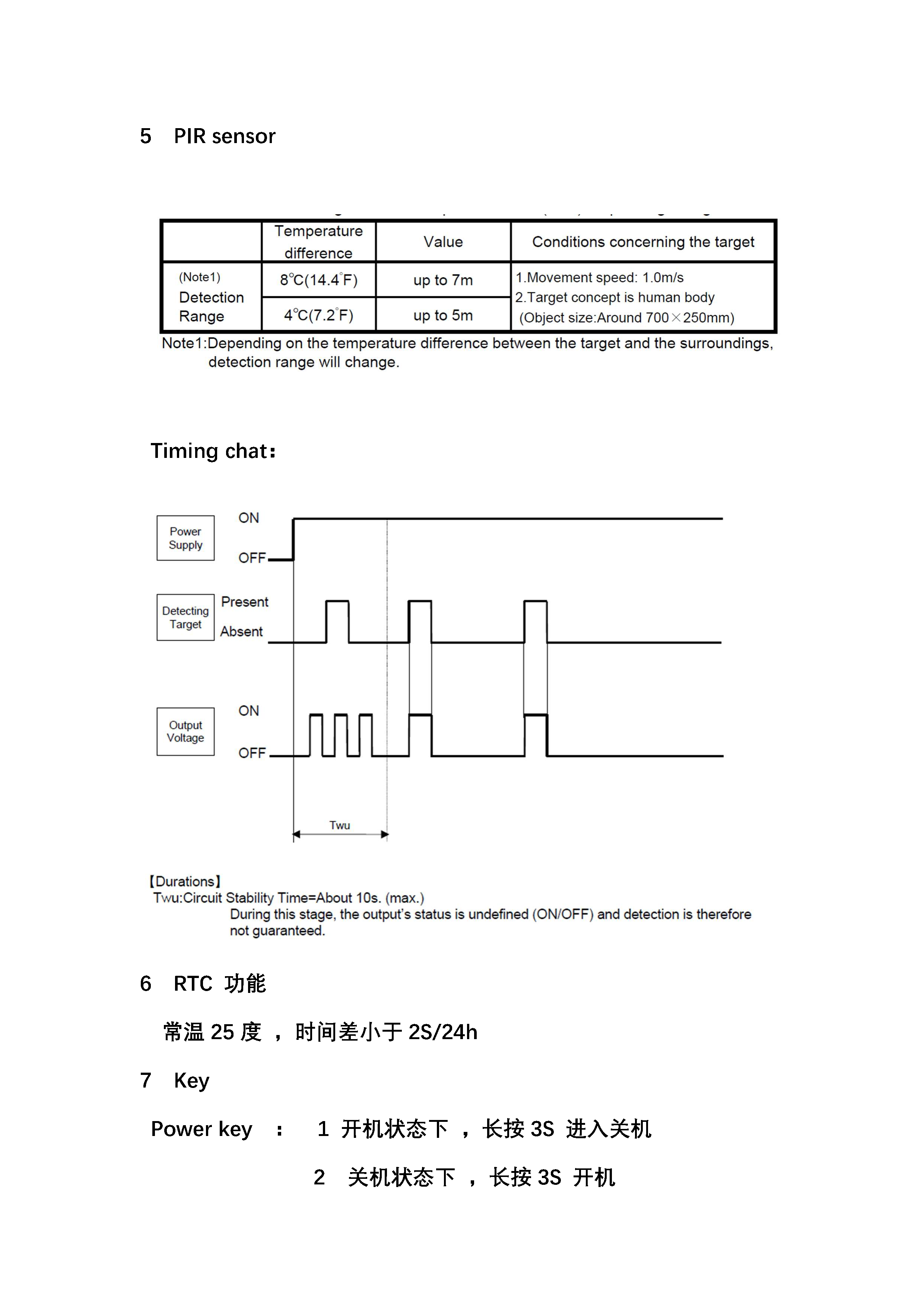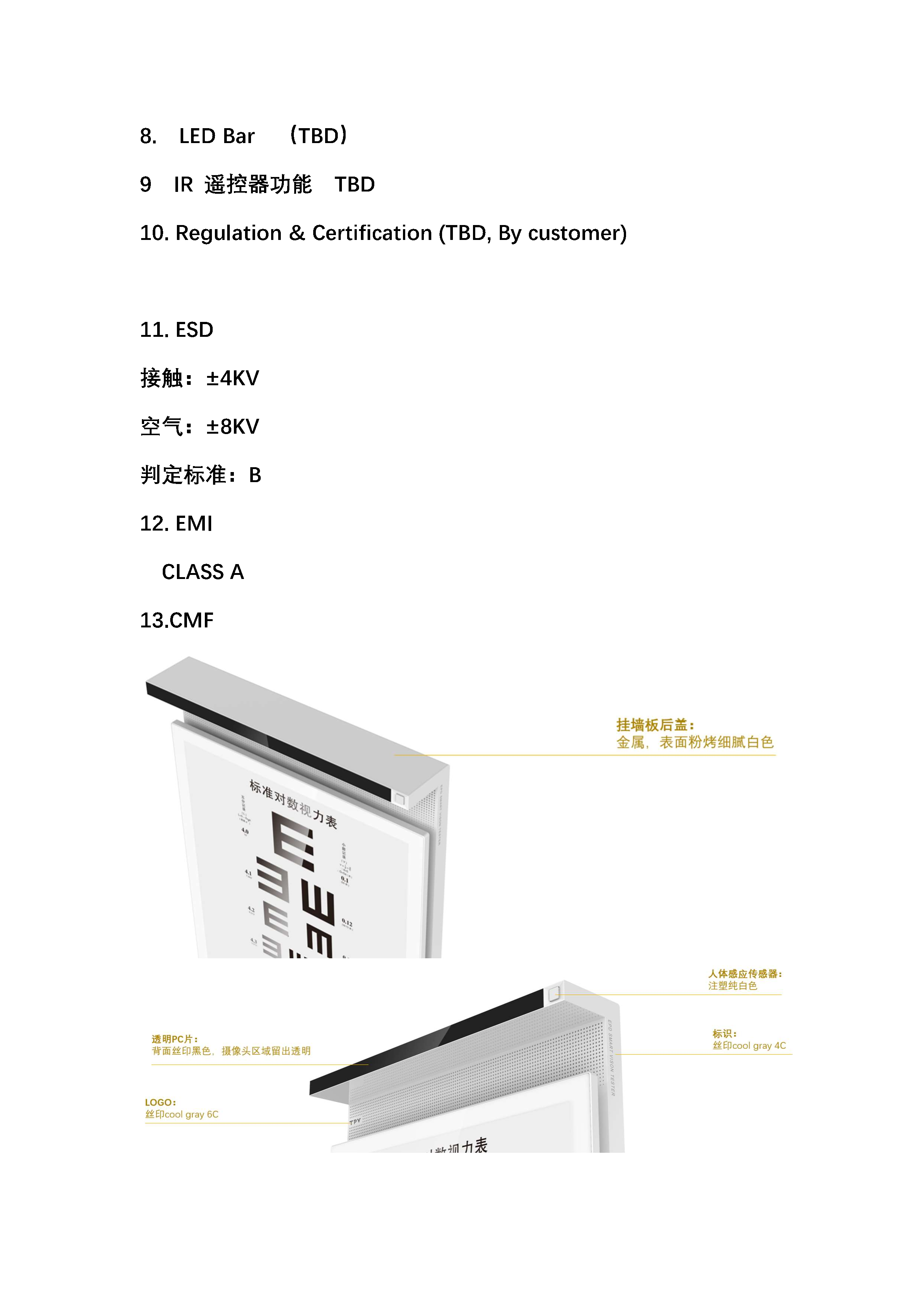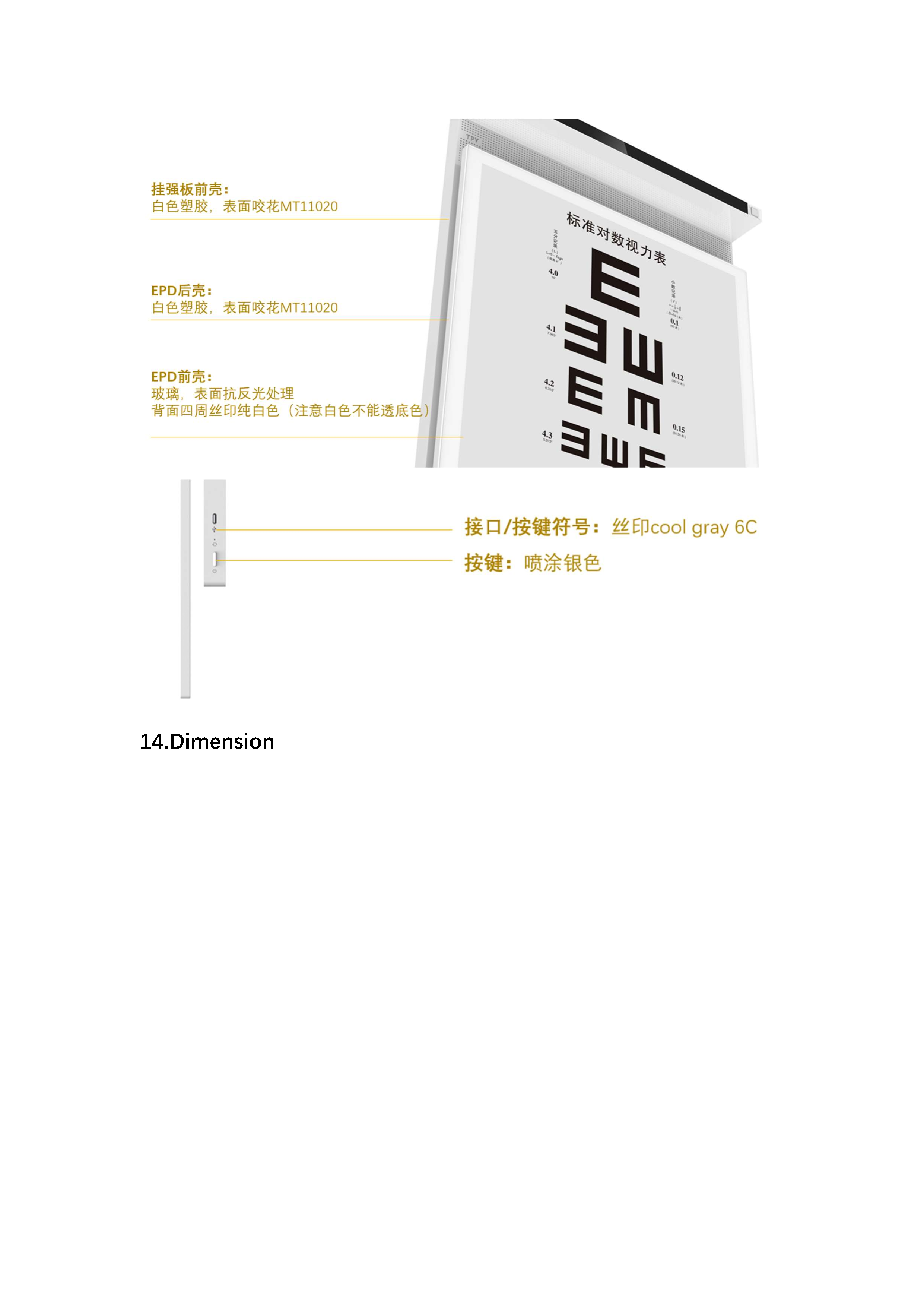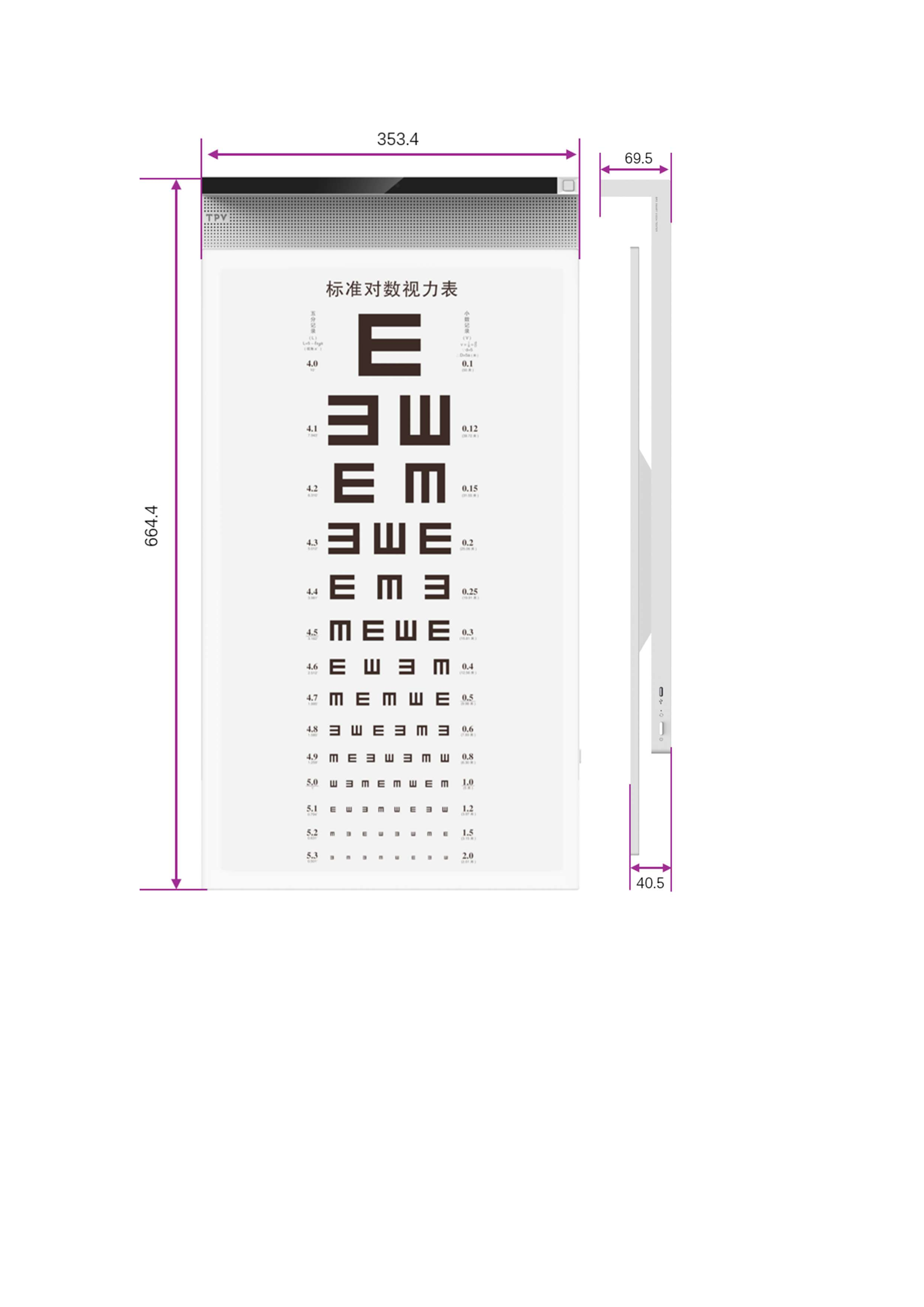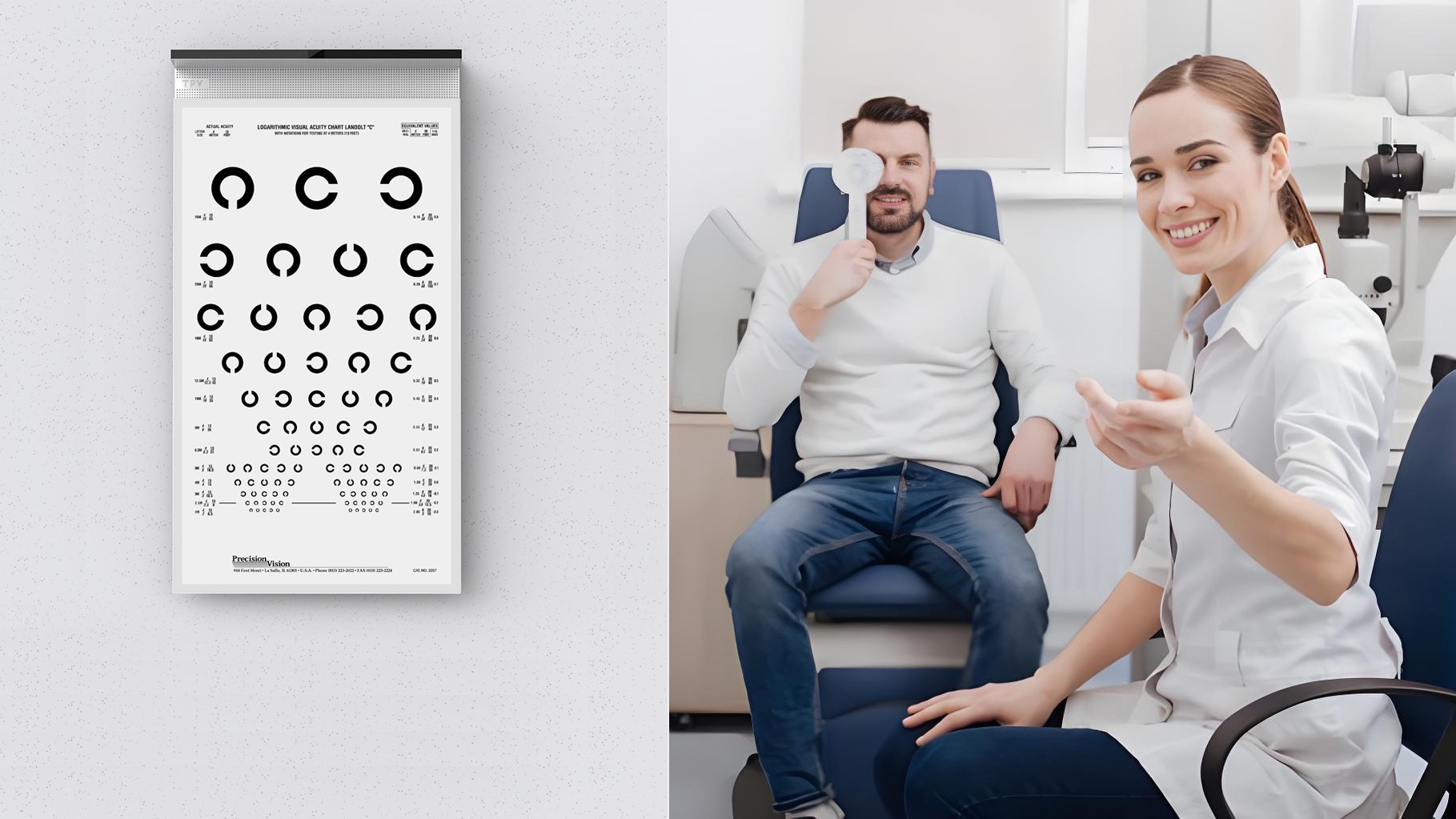
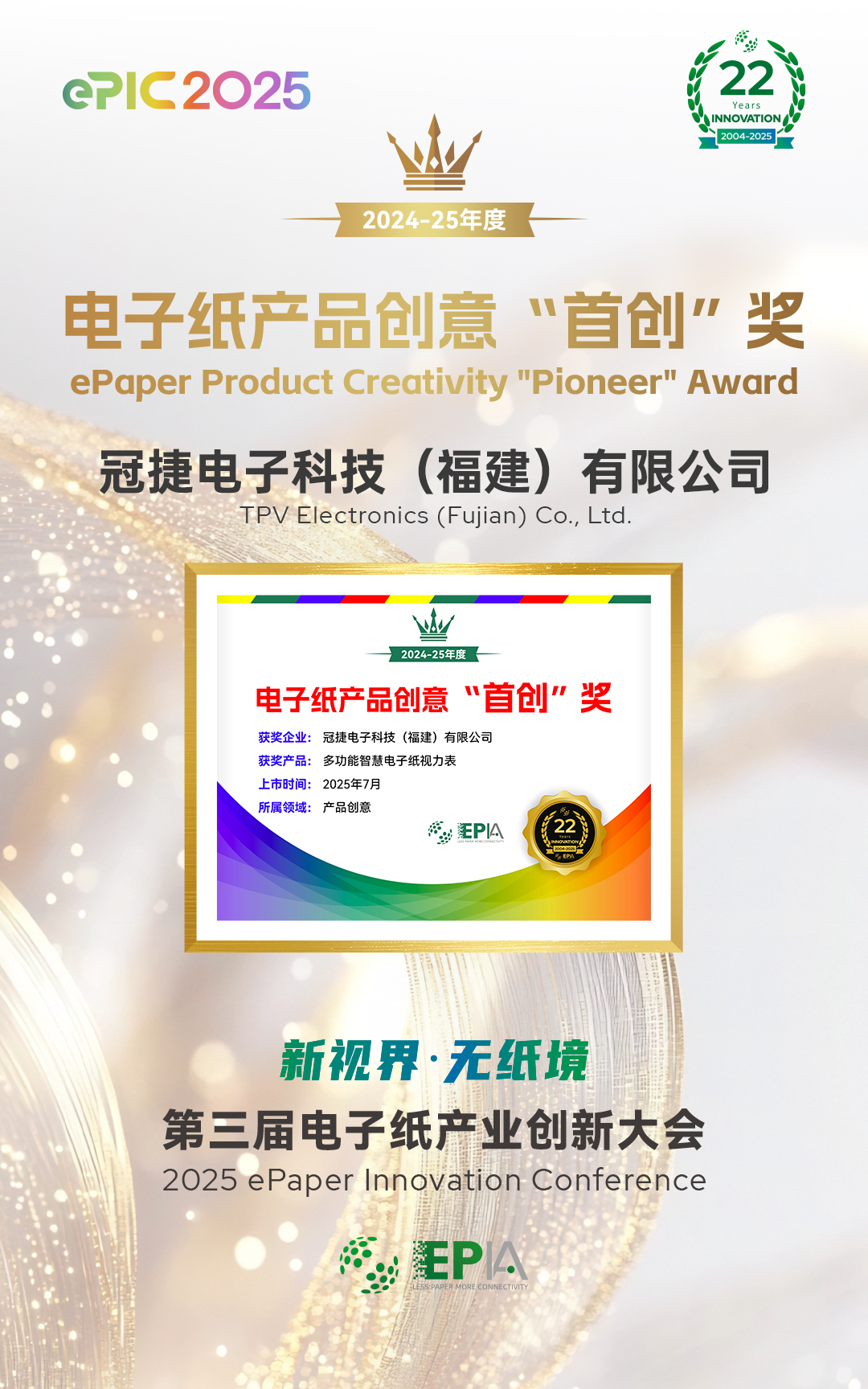

TPV Technology Co., Ltd. is a leading enterprise specializing in the research, development, manufacturing, sales, and service of intelligent terminal display products. Sustained innovation and the commitment to providing users with high-quality products and services at competitive prices are deeply ingrained in TPV Technology's traditions. At the early stage of mass production of e-paper, a new energy-efficient display product that doesn't require backlighting, shows clear content under ambient light, and consumes extremely low power, the R & D team of TPV Technology kept asking themselves: “Currently, e-paper displays are used in products like e-books, electronic price tags, bedside cards, and electronic signs, applied in fields such as smart education, smart healthcare, smart retail, and smart public transportation. What new functions can we innovate? In which new life and work scenarios can it be applied? How can we make this new energy-saving and environmentally friendly product more widely integrated into people's work and life?”
The Weight of a Beam of Light
“Dad, I can't see clearly...” My heart ached as I noticed the tears welling up in the little girl's eyes when she rubbed them for the third time in the clinic. She looked up at the eye chart hanging on the pale gray wall, as vulnerable as a fledgling caught in a storm. The harsh cold light from the old-fashioned light box fragmented the E-shaped symbols into blurry spots, scattering nervously in her pupils.
That afternoon, as slanting sunlight streamed into the clinic where I went for a medical check-up, I witnessed a nurse struggling to move a half - man - tall light box, its metal stand scraping noisily across the floor. The moment a little girl was asked to stand behind the three - meter - line, I suddenly realized how absurd this testing method, which had remained unchanged for two centuries, was. Children were forced to memorize letters in different directions, the testing distance was rigidly fixed by the yellow line on the concrete floor, and their small hands, damp with nervous sweat, clutched tightly at the plastic spoons used to cover their eyes.
Memories came flooding back, taking me to a free medical clinic in a remote mountainous area of Fujian, my hometown. An old woman, her simple clothes still stained with the scent of soil, pointed tremblingly at the cardboard eye chart and asked the doctor, “Which way are these black ants crawling?” The overcast sky swallowed the natural light, and the yellowed printed paper trembled in the wind. When a young doctor held up a mobile phone flashlight as a makeshift light source, I felt the invisible barrier separating the visually impaired from the world.
The design sketch of the smart e-paper vision tester took shape on a plastic chair in the ophthalmology corridor. That night, I couldn't sleep, constantly rubbing the crumpled eye chart in my pocket, the raised ink particles stinging my fingertips. As dawn broke and light seeped through the window, the sketch was filled with ideas of e-ink screens, adaptive light-sensing modules, and intelligent voice guidance systems. I was determined to make vision testing as effortless as turning the pages of a book and as gentle as sunlight.
On a rainy day when the R & D team of TPV Technology discarded the design plan for the seventh time, we simulated the intense ultraviolet rays of the Himalayan foothills and recreated the dim environment of an underground garage in the laboratory. When the first prototype accurately detected a 0.1° deflection of the test target under the shadowless lamp, the engineers fell silent. What danced on the display screen weren't cold E-shaped symbols, but abstract petals rotating slowly. The children who had once been nervous and awkward during tests were now giggling happily at the soft and comfortable screen.
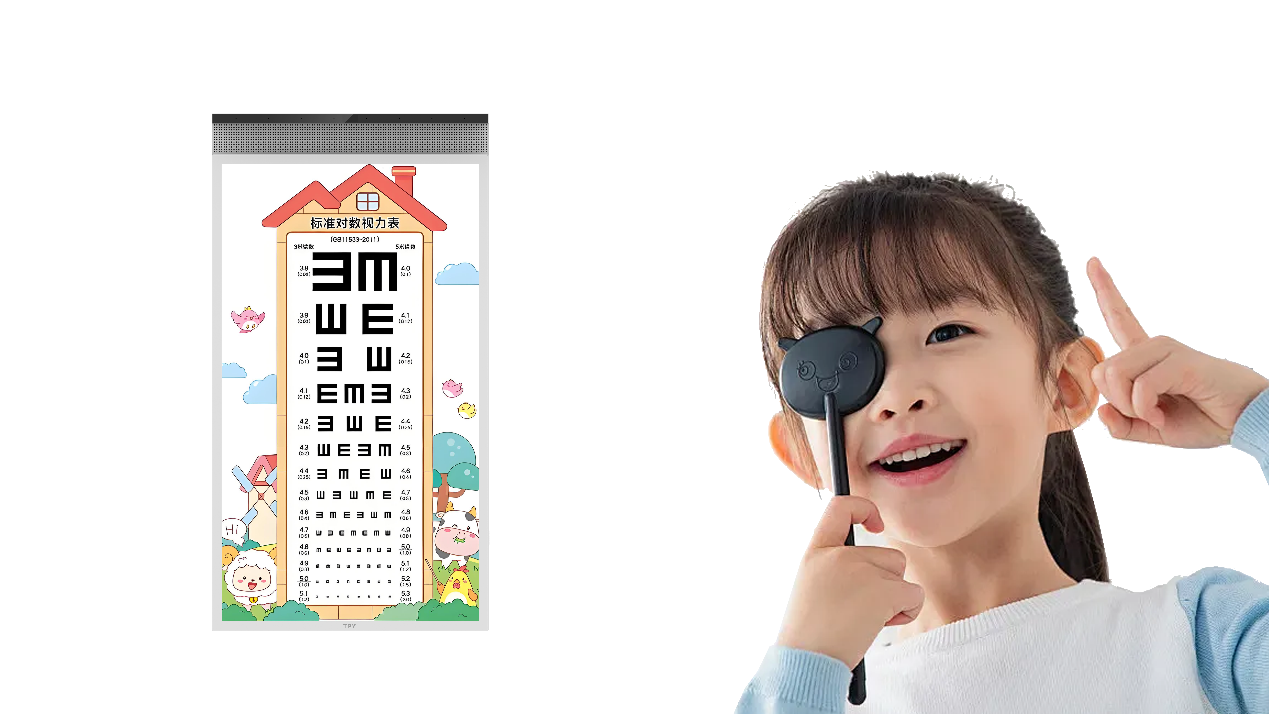
During the field test of the prototype last month, a scene brought tears to my eyes. A little girl from a nearby primary school stood in front of the smart e-paper vision tester. Following the voice prompts, she gently turned her head, and the test targets transformed into colorful butterflies dancing in the air, finally stopping at the clear mark of 1.0. The German iF Gold Award trophy is light enough to fit in a suitcase, allowing me to carry it to the next remote township. Yet, it also feels incredibly heavy, for it holds the weight of millions of eyes regaining the ability to see and understand the world.
Design Summary
Through social research, we identified that current vision testing devices are mostly light boxes, which are not intelligent, cannot change test patterns, and lack accuracy. In an era when most medical equipment has become modern and intelligent, traditional light box testers seem outdated and out of place. Considering the non-reflective property of e-paper's new display technology, combined with an intelligent operating system, it can flexibly change test patterns and detect various vision problems such as color blindness, astigmatism, and presbyopia.
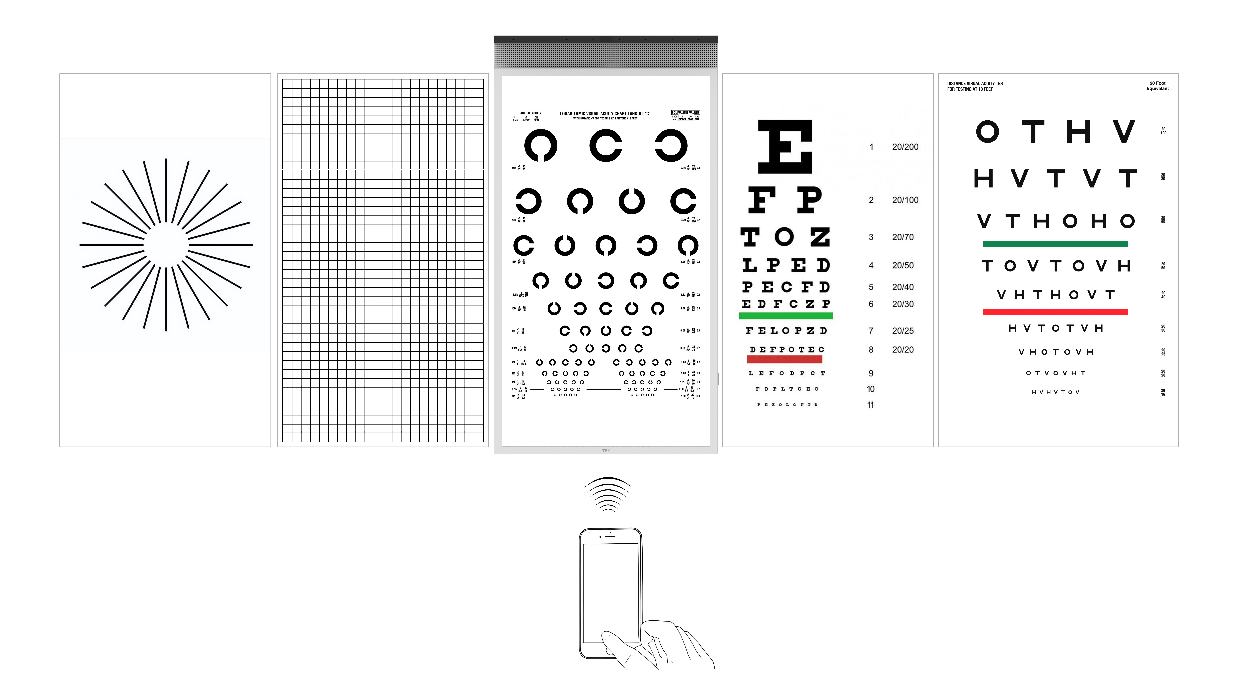
Testers can complete the test independently through voice control and gesture recognition, eliminating the need for medical staff assistance. It can automatically detect the test subject and, if it's a child, switch to images that children find interesting. When not in use, it can display health knowledge related to vision. Additionally, it provides a QR code for users to download their test results.
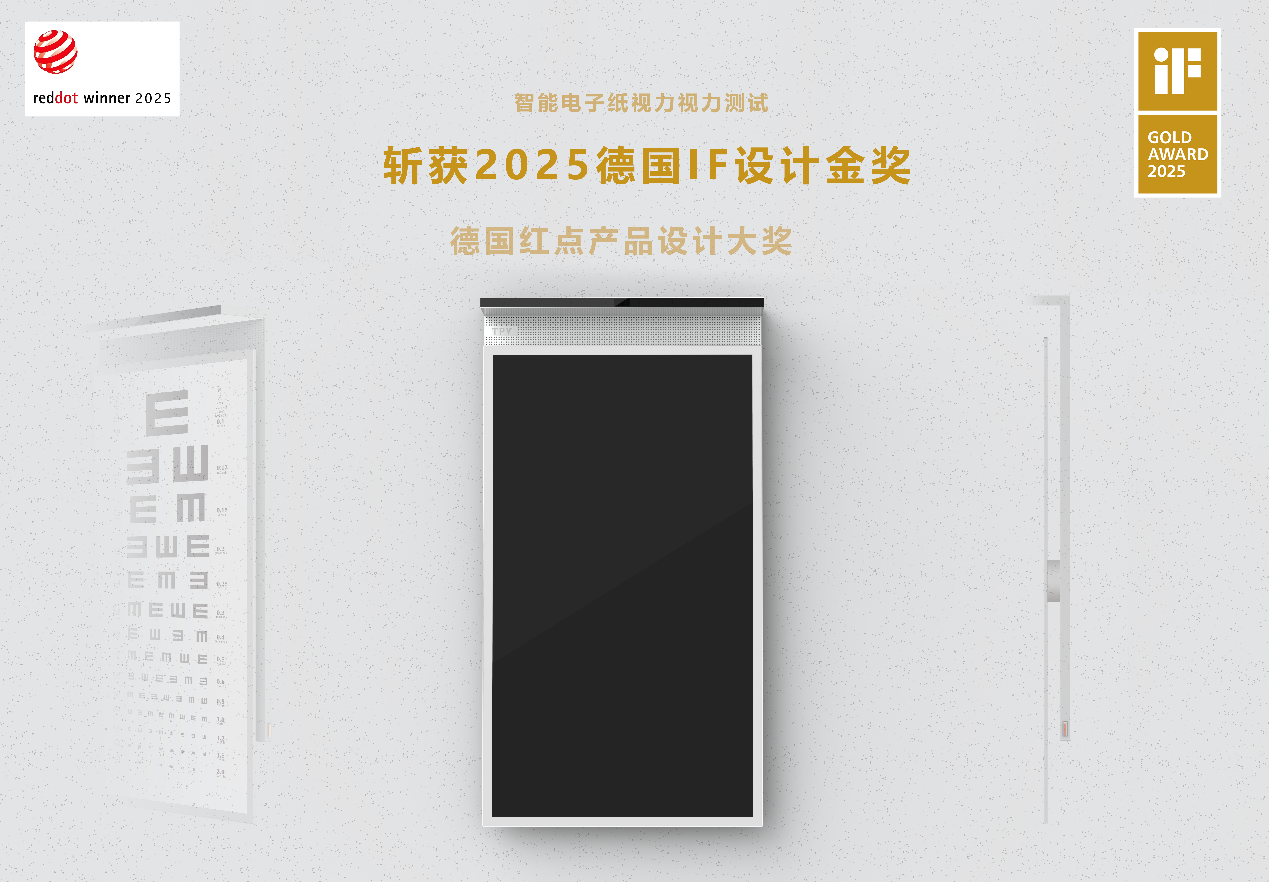 This innovative design of the world's first smart e-paper vision tester won the prestigious German iF Design Gold Award in 2025, often referred to as the “Oscars of Design.” In 2025, only 75 products globally received this honor (with 13 from China), and the winning rate was a mere 0.7%, making it one of the most top - tier design awards in the world and an international authoritative recognition of innovative strength. This design was also concurrently honored with the German Red Dot Product Design Award and the Red Dot Award for Best of the Best in 2025, further validating its excellence.
This innovative design of the world's first smart e-paper vision tester won the prestigious German iF Design Gold Award in 2025, often referred to as the “Oscars of Design.” In 2025, only 75 products globally received this honor (with 13 from China), and the winning rate was a mere 0.7%, making it one of the most top - tier design awards in the world and an international authoritative recognition of innovative strength. This design was also concurrently honored with the German Red Dot Product Design Award and the Red Dot Award for Best of the Best in 2025, further validating its excellence. 